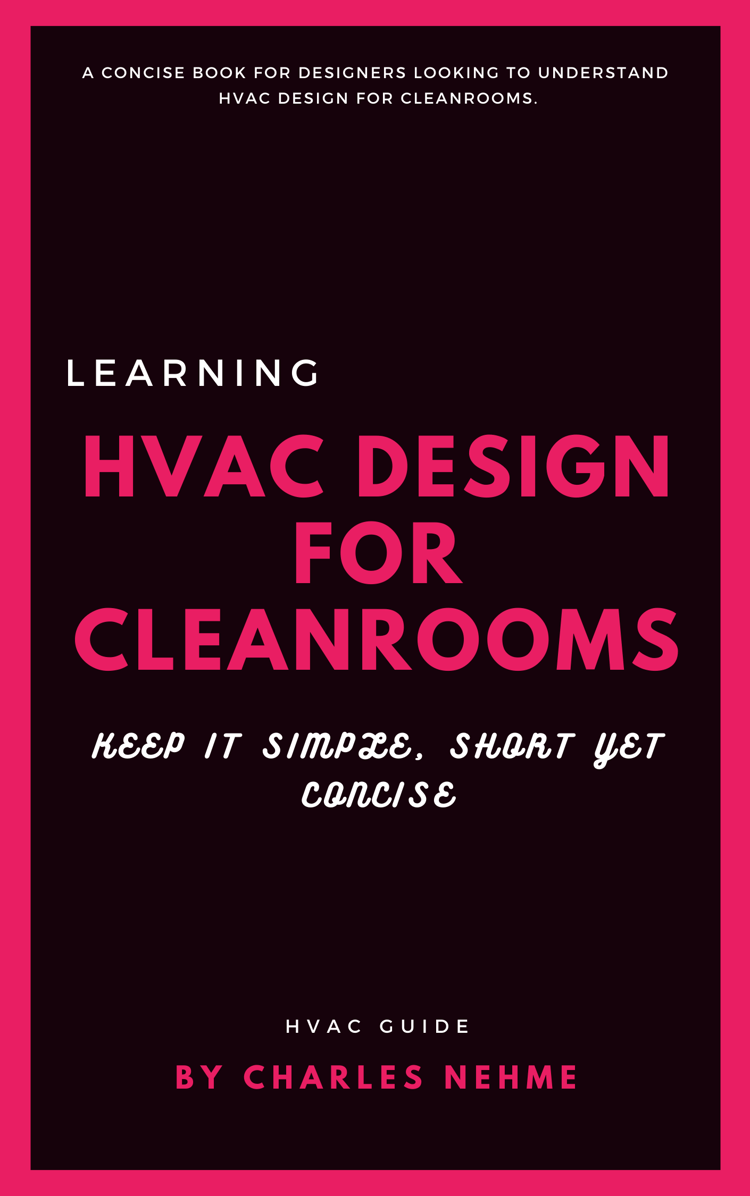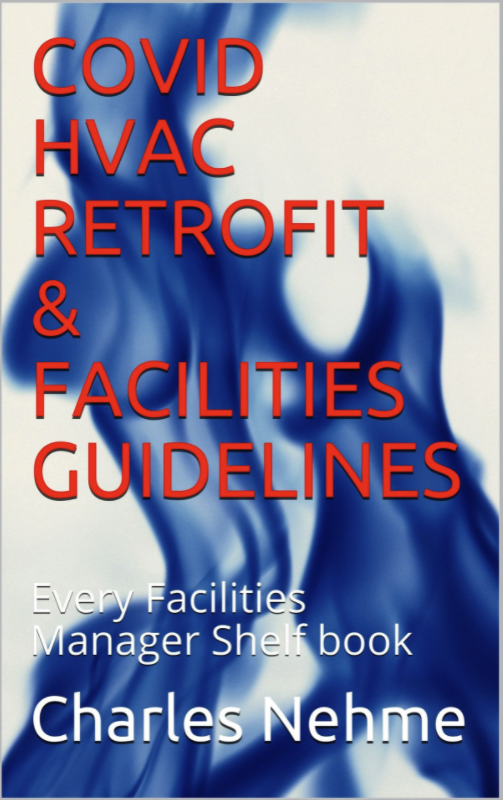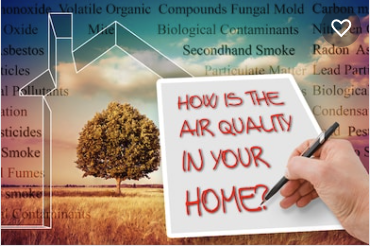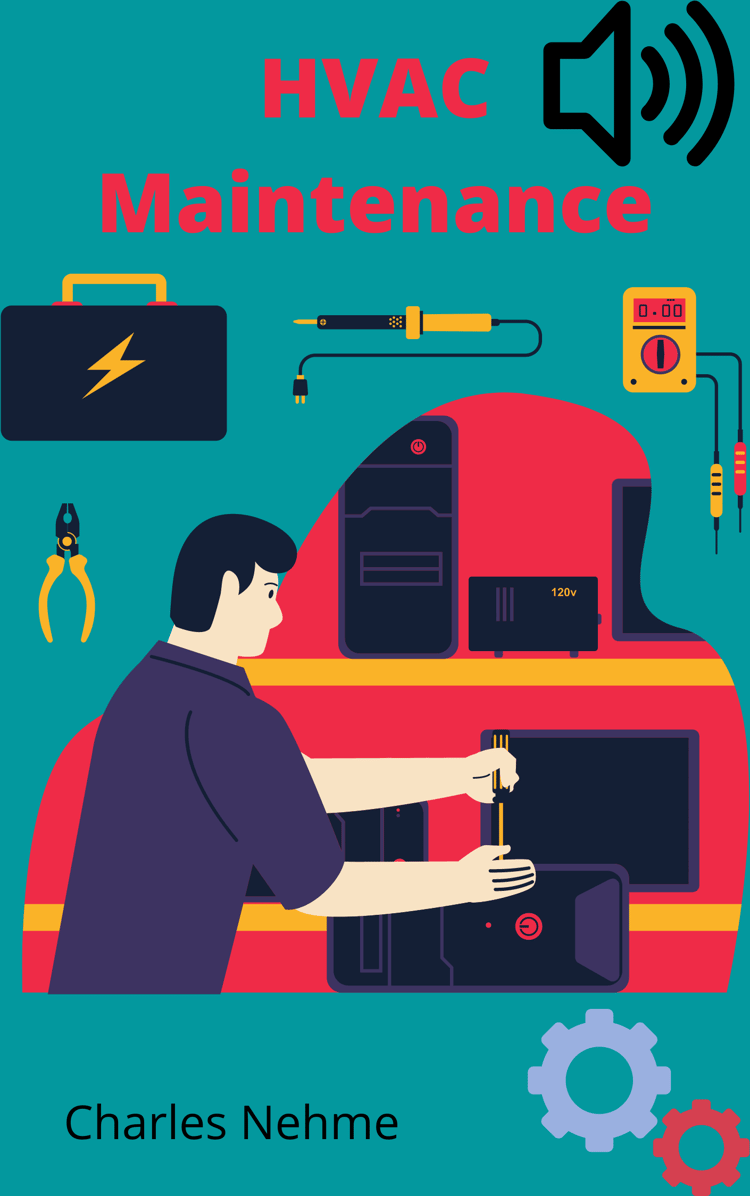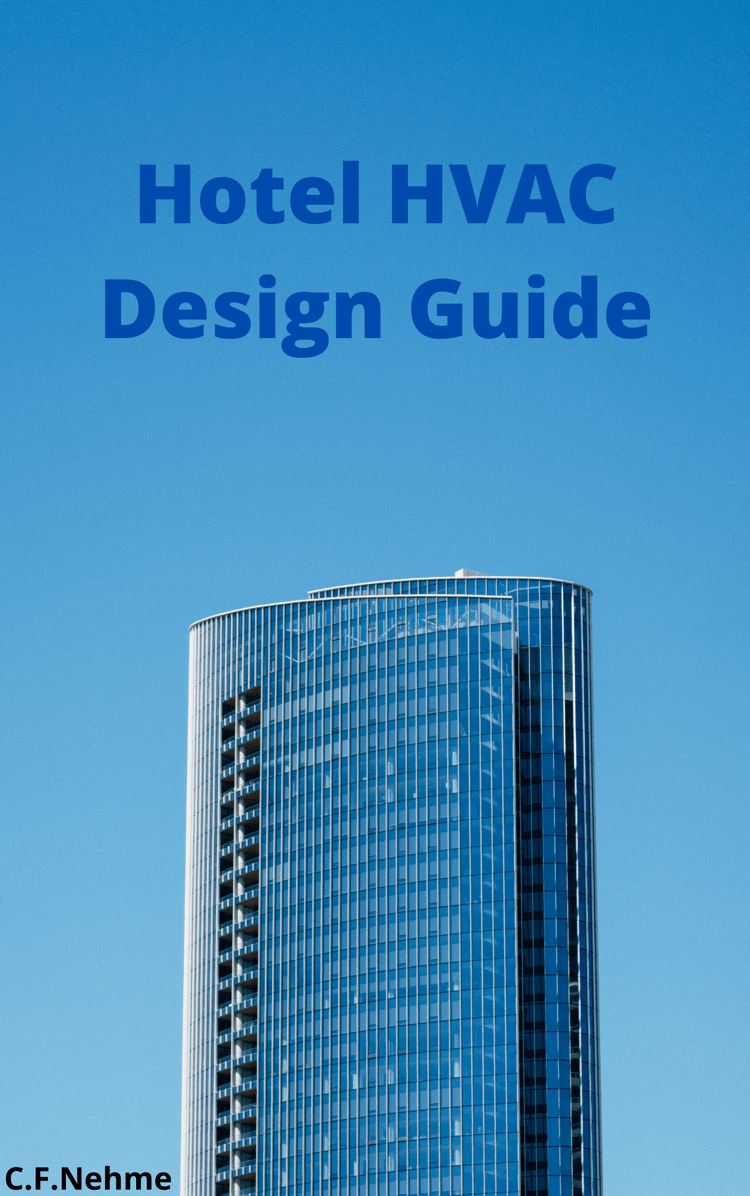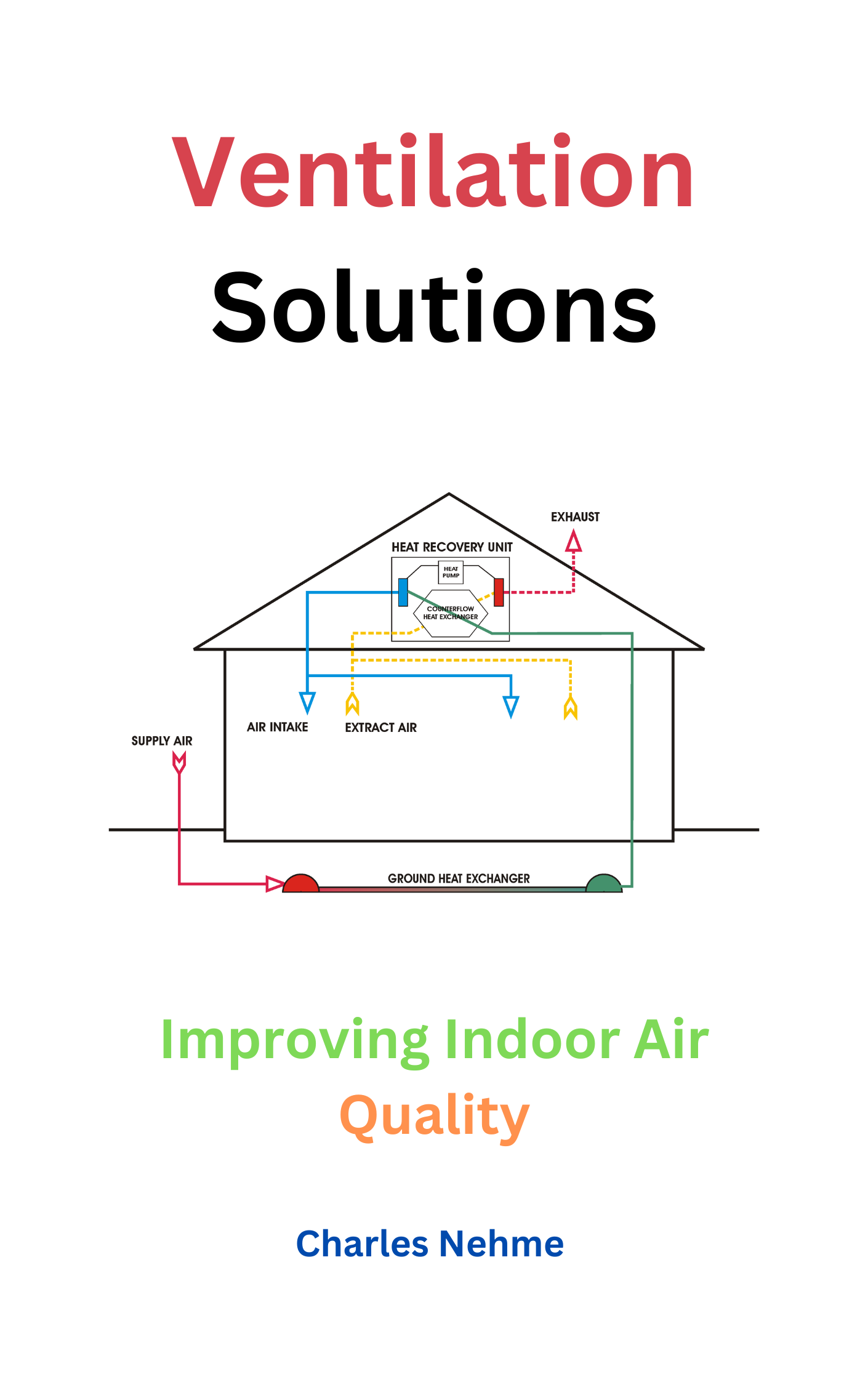
Ventilation Solutions: Improving Indoor Air Quality
Ventilation is an indispensable aspect of our built environment, yet it often operates quietly in the background, unseen and unheard. It is the invisible force that breathes life into our homes, workplaces, and public spaces, influencing our health, comfort, and overall well-being. The quality of the air we breathe indoors profoundly affects our lives, from our ability to concentrate and be productive to our susceptibility to illnesses and allergies.
This book delves into the world of ventilation, unveiling its significance, principles, and applications across diverse settings. Whether you are a homeowner seeking to enhance indoor air quality, an architect striving to create sustainable buildings, or an engineer working on cutting-edge ventilation technologies, this book is a comprehensive guide to understanding, implementing, and optimizing ventilation systems.
Ventilation is not a static field; it evolves in response to advancing technologies, changing environmental concerns, and the pursuit of healthier, more efficient indoor environments. In each chapter, we explore different facets of ventilation, from its role in mitigating the spread of respiratory diseases like COVID-19 to its pivotal role in green building practices aimed at reducing our carbon footprint.
As we navigate the intricate world of ventilation, we emphasize best practices, emerging trends, and innovative solutions that are shaping the future of indoor environments. Whether you are seeking practical advice for improving ventilation in your home, insights into sustainable building design, or a glimpse into the technologies that will revolutionize the field, this book equips you with the knowledge to make informed decisions and contribute to creating spaces that prioritize health, comfort, and environmental responsibility.
In our exploration of ventilation, we aim to illuminate the importance of this often-overlooked aspect of our daily lives. By understanding its principles and embracing best practices, we can breathe easier, work more productively, and live healthier lives in the spaces we call home, work, and play.
We invite you to embark on this journey through the world of ventilation, and we hope you find the insights and knowledge within these pages both enlightening and empowering.
Sincerely,
Charles nehme
Q & A
- What is ventilation?
- What are the different types of ventilation?
- How does ventilation work?
- What are the benefits of good ventilation?
- How can I improve the ventilation in my home?
Here are some brief answers to these questions:
1. What is ventilation?
Ventilation is the process of supplying fresh air to a space and removing stale air. It is important for maintaining good indoor air quality and providing a comfortable and healthy environment for people to live and work in.
2. What are the different types of ventilation?
There are two main types of ventilation: natural ventilation and mechanical ventilation. Natural ventilation relies on wind and temperature differences to drive air movement through a building. Mechanical ventilation uses fans or other devices to move air through a building.
There are also a variety of different mechanical ventilation systems, including:
- Whole-house ventilation systems: These systems distribute fresh air throughout the entire house. Some common examples include central air conditioning and heat systems and heat recovery ventilators (HRVs).
- Spot ventilation systems: These systems are used to ventilate specific areas of a house, such as bathrooms and kitchens. Some common examples include exhaust fans and range hoods.
3. How does ventilation work?
Natural ventilation works by using wind and temperature differences to drive air movement through a building. Wind can create pressure differences between the inside and outside of a building, which causes air to flow through openings in the building envelope, such as windows and doors. Temperature differences can also create air movement, as warm air rises and cooler air falls.
Mechanical ventilation systems use fans or other devices to move air through a building. Whole-house ventilation systems typically take fresh air from outside and distribute it throughout the house through a network of ducts. Spot ventilation systems typically remove stale air from a specific area of the house and exhaust it to the outside.
4. What are the benefits of good ventilation?
Good ventilation has a number of benefits, including:
- Improved indoor air quality: Ventilation helps to remove pollutants from the air, such as dust, pollen, mold, and smoke. This can improve indoor air quality and reduce the risk of respiratory problems.
- Reduced energy costs: Good ventilation can help to reduce energy costs by reducing the need to use air conditioning and heating systems.
- Improved comfort: Ventilation helps to create a more comfortable environment by providing fresh air and removing stale air.
5. How can I improve the ventilation in my home?
There are a number of ways to improve the ventilation in your home, including:
- Increase natural ventilation: Open windows and doors when the weather is mild. You can also install fans in windows and doors to increase air movement.
- Install a whole-house ventilation system: A whole-house ventilation system can provide fresh air to your entire home.
- Install spot ventilation systems: Install exhaust fans in bathrooms and kitchens to remove stale air. You can also install range hoods to remove cooking fumes.
- Maintain your ventilation system: Make sure to regularly clean and maintain your ventilation system to ensure that it is working properly.
If you have any concerns about the ventilation in your home, you should consult with a qualified HVAC contractor.


